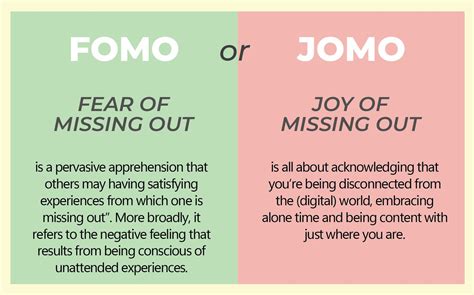The Washington Post (WaPo) recently announced its pivot to artificial intelligence (AI). The underlying intention supposedly is to drive innovation, streamline operations, and, importantly, offset some of the $77 million losses the company experienced last year. This move has elicited a landslide of opinions from the community, ranging from stark skepticism to cautious optimism. The broader concern remains: will AI enhance journalistic quality, or is it merely a strategic buzzword intended to captivate investors?
A closer examination of this decision through public comments paints a vivid picture. Many like wildrhythms express a sensation of embarrassment at the lack of clarity and vision in such bold statements. For them, the ‘AI everywhere’ mantra reflects more an aimless chase rather than a calculated strategy. Similarly, comments like those from thejohnconway highlight the premature nature of this pivot, resonating with concerns of AI not being mature enough to support responsible journalism. However, deconstructing these apprehensions reveals a critical dichotomy between the marketing allure of AI and its practical applications, or the apparent distance between tech promise and tangible delivery.
Tech luminaries and commentators have weighed in on this debate, with varied takes. VHRanger offers a juxtaposition between AI trailblazers and those merely following the winds of the latest trend. Comparing Nvidia’s CEO Huang’s early adoption of technologies like CUDA and tensor cores to WaPo’s jump into AI, the essence emerges that success springs from genuine, visionary integration rather than mere trendbox ticking. This perspective suggests that for AI to be genuinely beneficial in journalism, it needs to be integrated thoughtfully, addressing specific use cases rather than being a knee-jerk reaction designed to incite market enthusiasm.
But the scepticism isn’t universal. There are inherent possibilities that AI brings to journalism — possibilities that those advocating for the technology emphasize. Take, for instance, the opinions voiced by wslh, who indicates the inevitability and rapid evolution of AI. Drawing parallels with the dot-com boom and eventual ubiquity of the internet, it becomes clear that despite the growing pains and initial missteps, AI is expected to ultimately find significant and differentiated use cases. This perspective is echoed by users like keiferski, who suggest that while the integration of AI into platforms with strong reputations may be cautious and minimal, others like WaPo might maximize AI’s utility in an attempt to regain relevance and financial stability.
However, what weighs heavily in this narrative is a recognition of the enduring need for human journalism. JJk166 articulates a fundamental nuance that underscores this entire discourse: the essence of journalism lies not in the art of writing alone but in the diligent pursuit of information — the sourcing, verifying, and piecing together of evidence. AI can potentially aid in rewriting and summarizing, but the human element of curiosity, critical thinking, and empathetic storytelling remains irreplaceable. Therefore, while this pivot might be seen as an economic necessity and a drive towards modernization, it’s crucial for stakeholders not to confuse the potential of AI to enhance journalistic processes with the idea that AI can substitute journalism’s core ethos.
In the end, WaPo’s success with AI will depend not merely on its technical implementation but, more importantly, on the strategic clarity and integrity underpinning this pivot. As tech skeptics continue to raise valid concerns about the overzealous rush to integrate AI, the broader tech-savvy public will keenly observe if WaPo’s move mimics the dot-com bubble’s resilience or falls into the pitfall of becoming another fleeting tech phenomenon. This pivot, if executed with precision, holds the promise not only to stabilize WaPo’s financials but also to reshape the contours of modern journalism for a digital future.


Leave a Reply